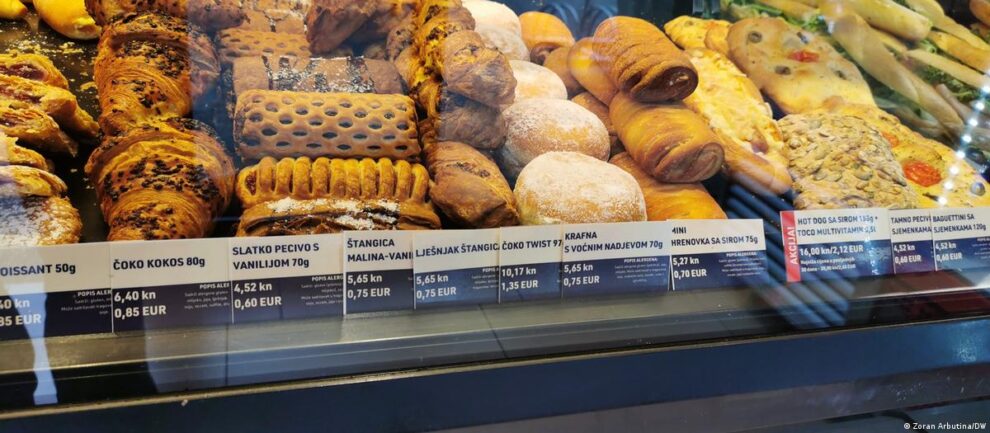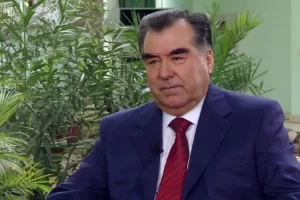The people of Croatia had several reasons to celebrate at midnight on January 1, 2023. They were, of course, welcoming in the new year in traditional, lively fashion. In addition, they were also extremely happy that, after 10 years of EU membership, Croatia had finally been accepted into the Schengen zone. At last they could travel abroad without having to go through tedious passport controls at the land borders with Slovenia and Hungary and maritime frontier with Italy. Some commentators expressed the view that the country had finally truly arrived in the European Union.
Another change also took place on January 1, one that attracted less attention: Croatia became a member of the eurozone. That was registered, for the most part, with a shrug of the shoulders, and sometimes with skepticism. The kuna, which had been the currency of independence since the 1990s, became obsolete, and the euro was introduced.
Fearing the euro
Former Economy Minister Goranko Fizulic, who is now a respected economic analyst, believes that this reticence was unjustified. “There were many who were afraid of changes, price increases and a drop in their standard of living,” Fizulic said. “A lot was written about this in the media in the weeks leading up to the introduction of the euro. But those who understood what it meant could hardly wait. This, along with joining the Schengen zone, was a huge step for Croatia.”
Croatia’s government had tried early to allay people’s fears about the euro with repeated reassurances that everything would be fine. All retail prices had to be displayed in both kuna and euros for months before the currency was introduced, and this measure, aimed at ensuring price transparency, will remain in force until the end of 2023.
The euro was by no means new to the citizens of Croatia. For a long time it had served as an unofficial reserve currency alongside the kuna. Many sectors had been quoting prices in euros for years, even if customers then paid in kuna — for cars, real estate, rent and in the construction industry. Travel agencies, too, often advertised prices for luxury trips in both currencies. Many Croatians also invested their savings in euros: People trusted the eurozone policy of monetary stability more than that of their own central bank.
In doing so, Croatia was simply continuing a common practice dating back to the days of socialist Yugoslavia. Back then, it was the deutschmark that was the reserve currency.
Euro as scapegoat
Yet, in the first months of using the euro, there were dozens of complaints in the media about a wave of price increases, illustrated by pictures of receipts issued before and after the currency change. In the food and hospitality industry, in particular, business owners did indeed take the opportunity to round up or appreciably increase prices.
Pastries in a bakery that had previously sold for the equivalent of 75 cents suddenly cost 10 cents more. In some places, the price of a cappuccino rose from €1.65 ($1.80) euros to €1.80 ($2). Not a huge jump, but one that many people observed in their daily lives that also, for some, had a financial impact.
Fizulic said the euro was not to blame for the fact that many Croatians’ standard of living is falling. “I’m convinced that there would have been a fall in purchasing power even without the euro,” he said. “The people primarily affected are those with below-average earnings and pensioners. And there are a great many of them. Prices have risen maybe 1-2% as a consequence of the euro and rounding up — no more than that.”
Problem lies elsewhere
Croatia has one of the highest inflation rates in the EU — 8.3% in June 2023. By contrast, the country has an average net annual income of just under €11,000, putting it right at the bottom of the table. Fizulic said Croatia’s problem was a large income gap, an unfavorable economic structure and an overly expensive body politic.
On the one hand, Croatia has the second-highest VAT in the EU — 25%, the same as in Denmark or Sweden — which, he said, is used primarily to finance the bloated apparatus of state. On the other, it produces only a few exportable goods.
Most of Croatia’s money comes from tourism. And, in this sector, prices are geared to vacationers from Germany, Italy and Austria — all countries where people have much higher purchasing power. “In places where tourism plays an important role, prices have gone up,” Fizulic said. “But that wouldn’t be any different if we still had the kuna instead of the euro.”
Fizulic sees Croatia’s entry into the eurozone as a success. “Anyone who has dealings with other countries, whether in business or in tourism, knows how much money is saved now that there’s no longer any currency exchange or exchange rate fluctuations. Travel is also much easier and cheaper when you don’t have to change kuna all the time. And it’s also psychologically important: We now have a currency that’s safe and stable, and we don’t need a reserve currency anymore.”
This is why the euro has become accepted in Croatia, Fizulic said. “There’s hardly anyone today who would say that the euro shouldn’t have been introduced, he said, “not even those who were very vocally against it in the beginning.”
Source : DW






































